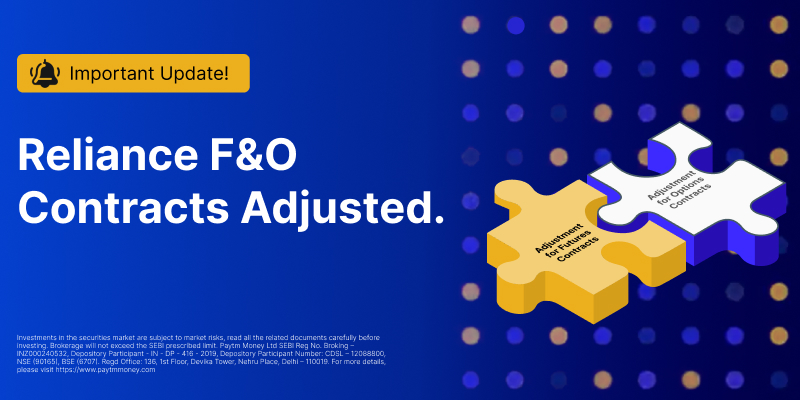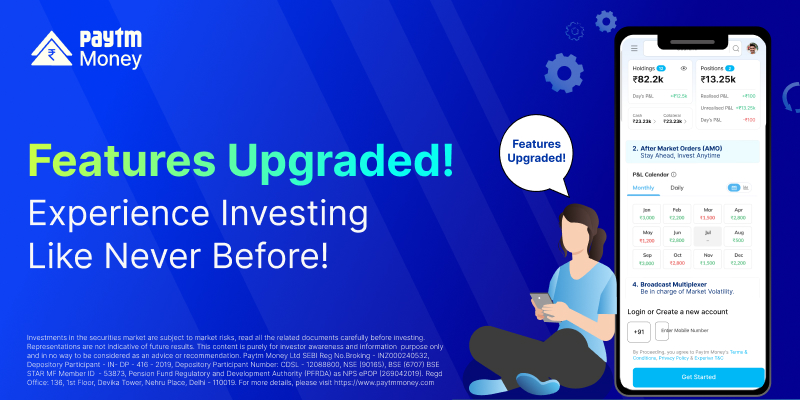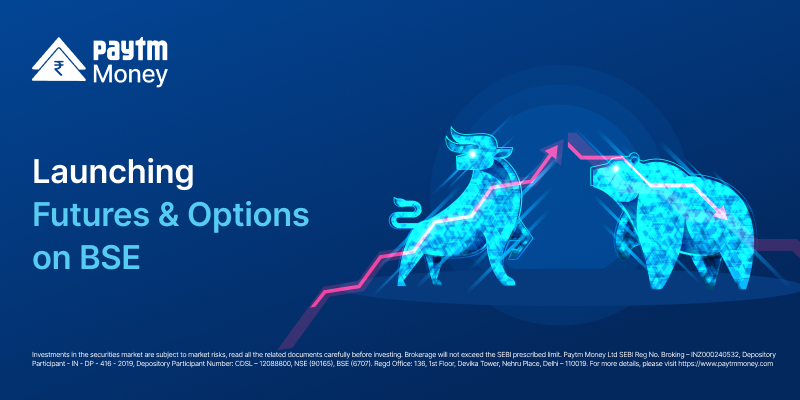Role of Liquidity in the F&O Market4 min read
Would a trader wish to be stuck in a long position because there is just no buyer for it? Definitely not! And that’s why liquidity is so important.
What Is Liquidity?
Liquidity refers to the ease and speed with which a future or option can be bought or sold (i.e. convert into cash) without affecting it’s price. In F&O markets, contracts that are liquid are more likely to trade at the fair market price seamlessly.
With an illiquid contract, it may take longer to enter/exit the trade near its current market price. Further, that asset’s price may be affected by the trader’s transaction and ultimately their entry and/or exit price may be worse due to this.
Futures usually have higher liquidity than Options for any given underlying.
Gauging Liquidity in F&O markets
Bid – Ask Spread
The bid price is the highest price a buyer is gladly willing to shell out for an option, while the ask price is the lowest price a seller is willing to take home. The difference between the last available bid price and the asked quote price for a contract is known as the bid-ask spread.
Simply put, the lower the difference, the narrower the bid-ask spread. A narrow bid-ask spread is an indicator of high liquidity.
Volume of Trades
Volume tells us how many contracts were executed in the day. Whenever a contract is bought (which will be sold by someone else), volume increases by 1.
Volume indicate the price levels at which other traders are interested in trading that contract.
Open Interest or OI
OI tells us how many contracts are open and live i.e. outstanding in the market due to delivery/settlement or trader discretion for this call. The contract is considered “open” until the counterparty closes it.
- If a buyer and seller initiate a new position on the contract, OI rises by 1.
- If they both exit a contract position on a trade, then OI falls by 1.
- If a buyer or seller pass off their current position to a new buyer or seller, then OI remains unchanged.
- Increasing open interest represents additional money coming into the market while decreasing open interest shows money flowing away.
What Do High OI of Call and Put Indicate?
These indicate the level at which traders have built positions expecting the market to either go up or down.
A high OI build up for a call option at a particular strike implies a resistance at that strike price
A high OI build up for a put option at a particular strike implies support at that price
Which Options Have Narrow Bid/ask Spreads?
Options that have high volume and OI tend to have narrow ask/bid spreads. These are options contracts that are relatively easy to enter and exit, due to their high built-in demand.. Traders can gauge the liquidity of an option through its open interest, volume, and bid-ask spread.
What Is Slippage?
Slippage refers to the percentage loss incurred if one buys at the ask price and immediately turns around and sells at the bid price. The narrower the bid/ask spread, the less slippage.
Slippage also refers to the difference between the price at the time one makes the decision to buy or sell an asset and the actual price at which they entered the asset. This can be high when there are large orders to be executed relative to the security’s trading volume. The difference between these two prices is affected by the amount one is buying or selling, the liquidity of the asset, the bid-ask spread, and volatility of the underlying security.
Reducing The Negative Impact of Slippage
Liquid contracts, narrow bid-ask spreads, large open interest, and high volumes factors to look out for.
Disclaimer: This content is purely for information and investor awareness purpose only and in no way an advice or recommendation. You should independently research and verify the information you find on our website/application. Investment in securities market are subject to market risks, read all the related documents carefully before investing. Paytm Money Ltd SEBI Reg No. Broking – INZ000240532. NSE (90165), BSE(6707) Regd Office: 136, 1st Floor, Devika Tower, Nehru Place, Delhi – 110019




